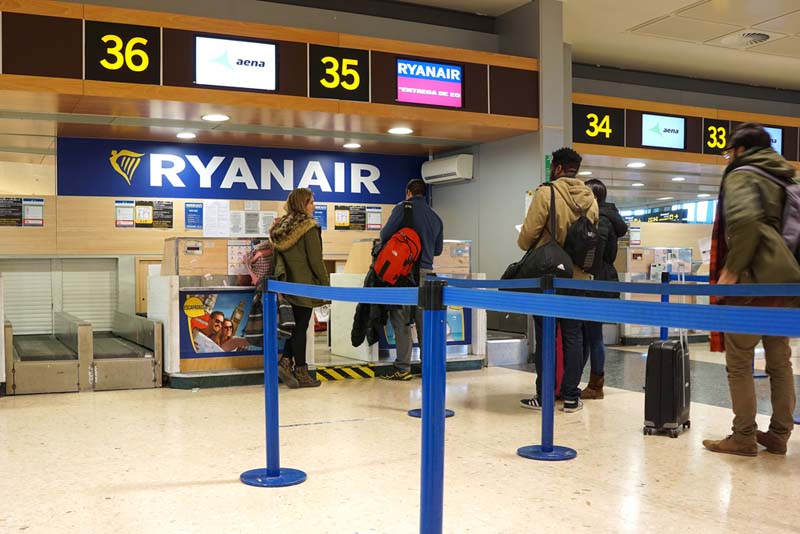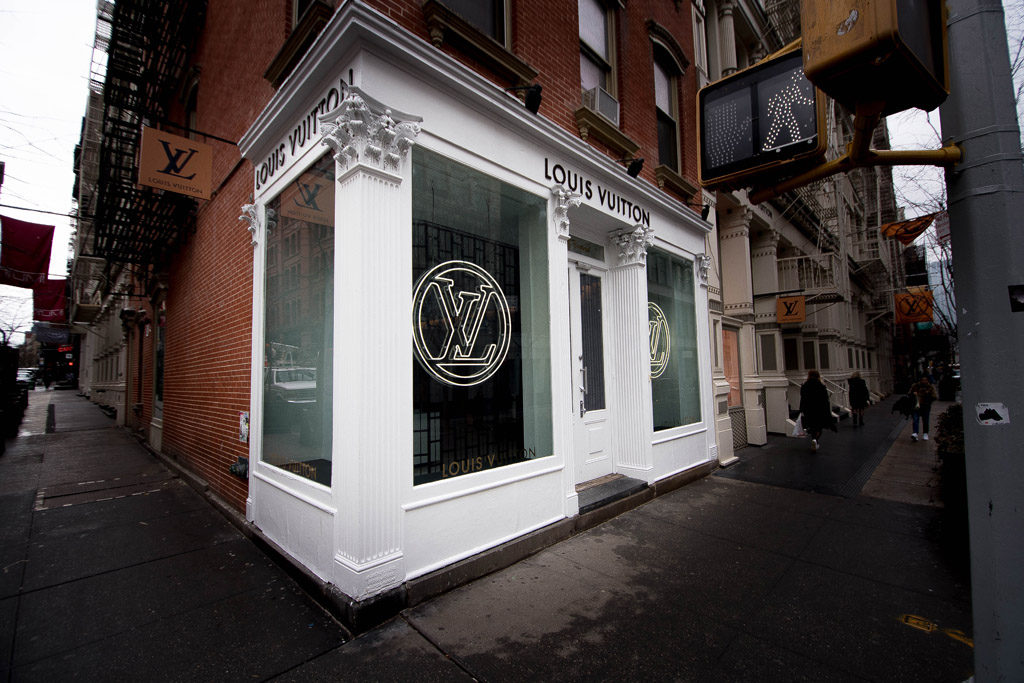Marketing Mix : price
Published on 23 October 2021'Marketing mix terminology',The second pillar of the marketing mix is Price. This dimension is generally studied directly after the product-related aspects. It is part of the 4P model invented by McCarthy (1961).
For a general overview of the history and development of the marketing mix, visit our guide.
Marketing Mix: the 6 aspects of the P of “Price”
- Pricing strategy
- Pricing tactics
- Price setting
- Financial incentives for distributors
- Discounts for customers
- Payment terms
Pricing strategy
Questions to ask: What is the pricing strategy?
- Operations-oriented” when the Price is set to optimize operations, for example, through variable prices
- Revenue-oriented” when the Price is set to optimize the company’s profits
- Customer-oriented” when the aim is to maximize the number of customers
- Value-based” when the Price is set according to the value perceived by the customer
- Relationship-based when the Price is set according to the relationship maintained with the customer
- Socially oriented” when it is a question of encouraging (discouraging) a behavior by a low price (high Price)
- Optional” pricing when the Price is an option in addition to another purchase
Examples: The Price of cigarettes follows a “socially oriented” strategy. Governments impose prohibitive taxes to limit consumption, which is detrimental to individuals and society (due to the medical expenses involved).
Ryanair’s marketing mix is quite complex in terms of pricing strategy. It is a hybrid strategy that aims to maximize operational efficiency on the one hand and relies on “optional” pricing to boost margins. Ryanair, therefore, proposes a series of (expensive) options to customers to increase the average ticket.

Photo credits: Flickr
Pricing tactics
Questions to ask: What is the pricing policy approach? How is the overall pricing policy translated into the field?
Examples: Shaver and inkjet printer manufacturers have identical pricing tactics. Their overall strategy is “revenue-oriented” and takes the form of a very attractively priced main object (the printer or the razor) and costly consumables (ink cartridges and razor blades).
Uber plays on-peak hours to determine the Price of its rides. A supplement is applied at the peak hours when the request is on the rise (morning, exit from the office, evening). Uber has also been accused of raising prices when the customer ordering the ride smartphone was almost out of battery.
The brands distributed in supermarkets use all sorts of tactics to push their sales: free extra product, discounts at the checkout, bundles.
Price setting
Questions to ask: How is the price determined? What is the logic behind setting the price?
Examples: Whether in B2B or B2C, the price is, in practice, often set according to supply and request.
For example, airlines set the price according to the request and the number of remaining seats in the plane. This leads to costs varying according to the period, the destination, and the proximity of the departure date.

Financial incentives for distributors
Questions to ask: Who are the intermediaries, and how are they paid?
Examples: Financial incentives depend on the distribution channel chosen and also on the type of product.
Retail, which distributes brands from various manufacturers, tends to operate on a low-margin model and relies on volumes sold.
In the distribution of more high-end products, where purchases are less regular, the rule is to have higher margins to motivate the distributor. One can think of home sales (Tupperware sales) which are generally associated with high commissions for the home salesman.
Discounts for customers
Questions to ask: What is the company’s policy on customer discounts? Are discounts given to customers? Are they given to all customers or only to specific segments? Are discounts available year-round or only at certain times?
Examples: Some companies promote only on a promotional basis.
NordVPN, for example, recruits its customers by proposing “temporary” promotions of up to 70% off. Companies active in the sharing economy (Uber, Lyft, Deliveroo, UberEATS) follow customer acquisition policies based on aggressive discounts.
Hello Fresh also proposes significant discounts for new customers, and its retention program is also based on increasing discounts according to the length of churn.
On the other hand, some companies never propose discounts (Louis Vuitton, for example).

Payment terms (credit, payment methods)
Questions to ask: What conditions does the company propose to its customers to pay for its products? Are there mechanisms in place to simplify payment (credit, fractional payments)? If so, what is the cost, and is it attractive compared to market conditions?
Examples: Split payments have been popularized by a series of FinTech (technology companies active in finance) that make them available to new companies. Previously reserved for large purchases where a credit agency was involved, they are now open to anyone.
The means of payment accepted can also influence the type of customer. The emergence of electronic payments at the expense of cash is, for example, a significant trend since Covid-19. To do without it is a real commercial handicap or even illegal (some countries have legislated to impose at least one electronic payment method).
Accepting certain credit cards, such as American Express, can be crucial in specific sectors. This card gives access to a network of cardholders with significant resources.

